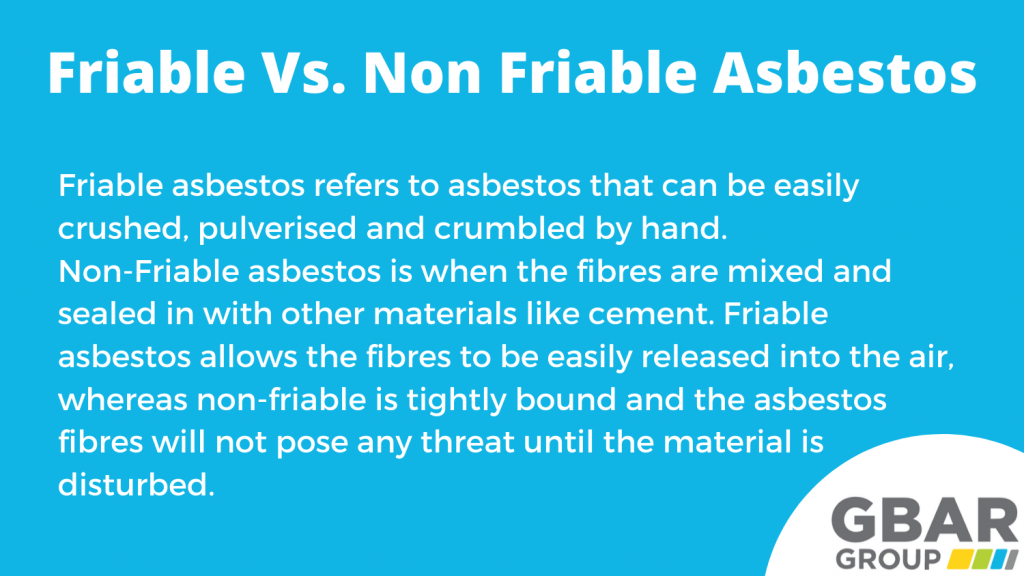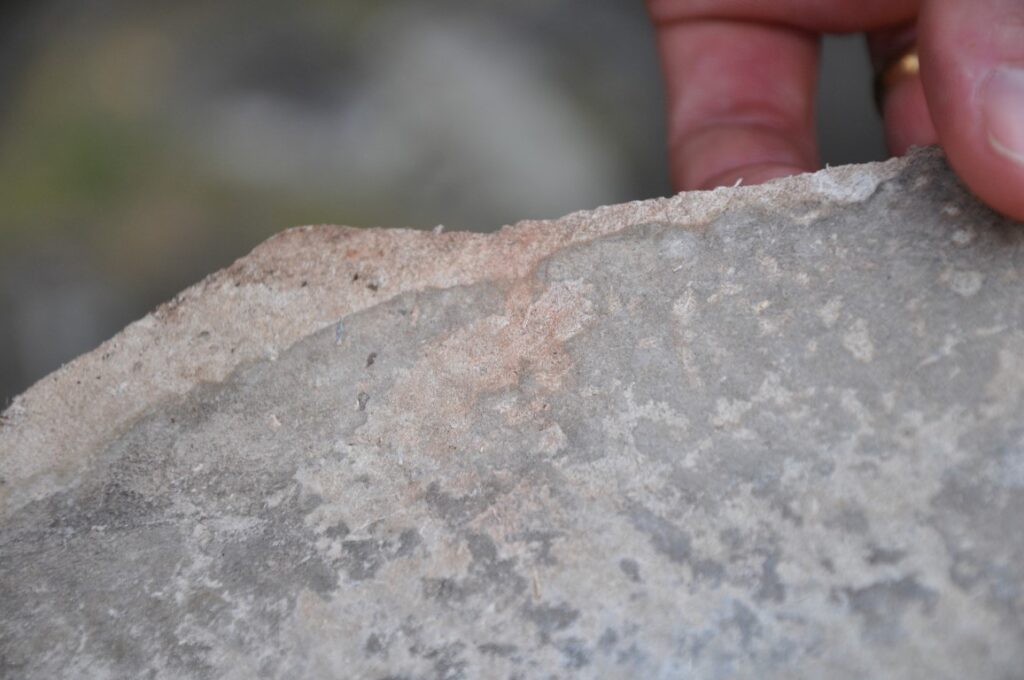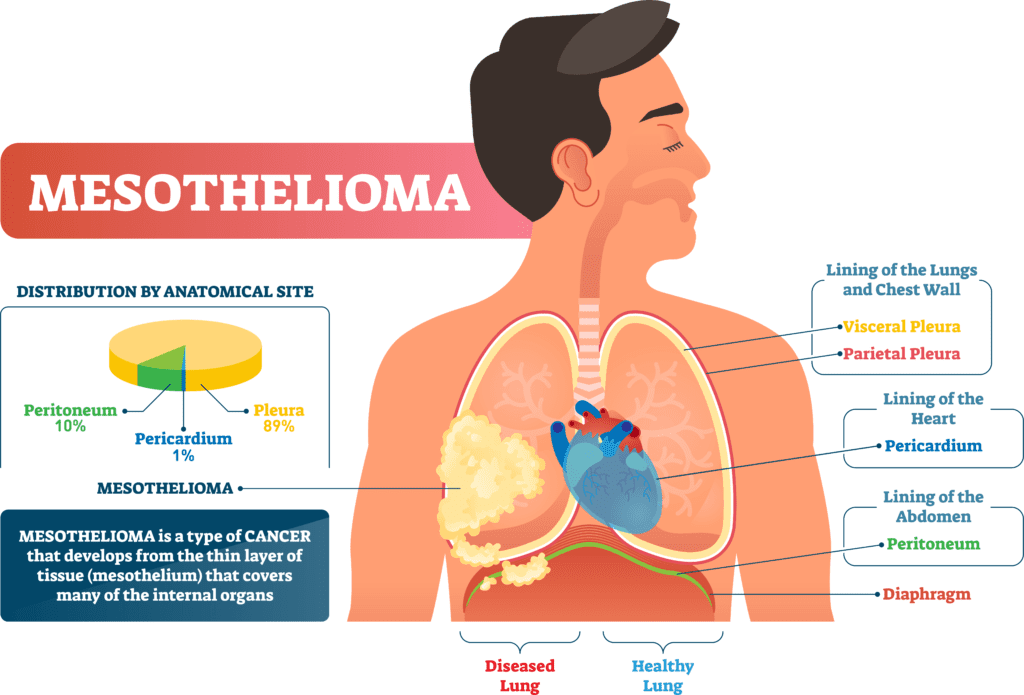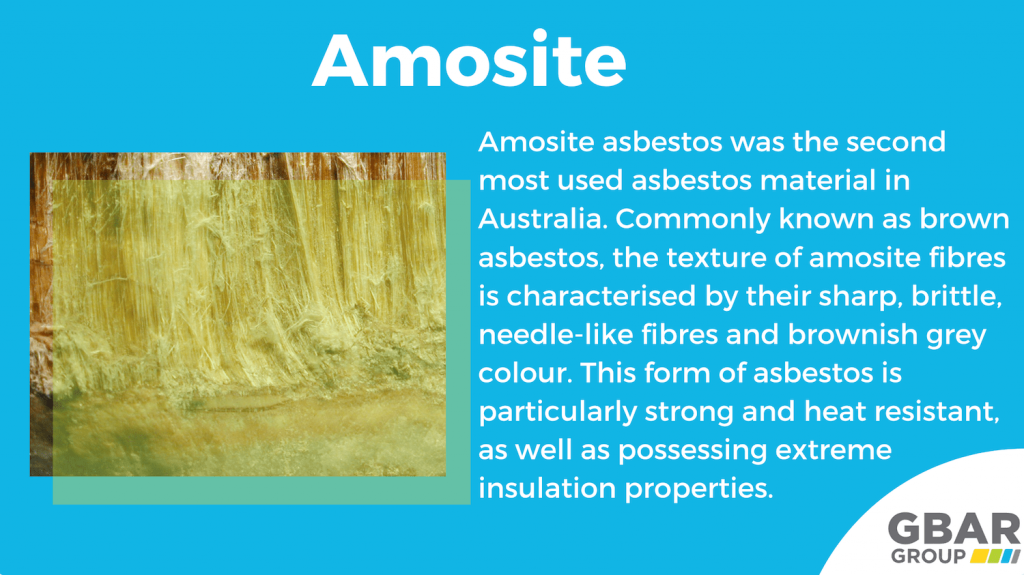As you explore the topic of asbestos, you may find yourself wondering about the color of its notorious dust. The color of asbestos dust is a crucial aspect to understand, as it directly impacts its potential harm and detection. In this article, we will unravel the mystery surrounding the color of asbestos dust, shedding light on this important element and providing you with valuable insights to stay informed and safe.
What Is The Color Of Asbestos Dust?
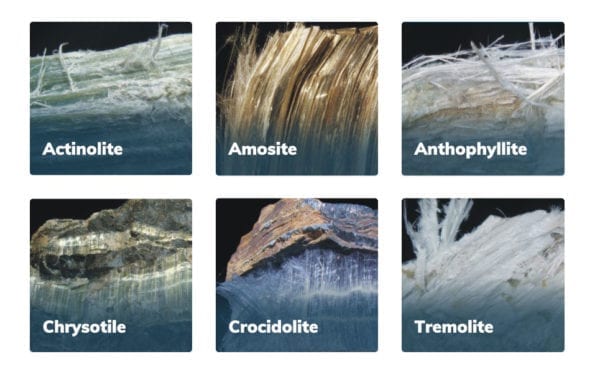

Overview of Asbestos Dust
Asbestos dust is a hazardous substance composed of tiny fibers released from asbestos-containing materials. These materials, once disturbed, can release asbestos dust into the air, posing significant health risks to those exposed to it. The color of asbestos dust can vary depending on various factors such as the type of asbestos, associated minerals, weathering, and aging effects.
Composition of Asbestos Dust
Asbestos dust primarily consists of mineral fibers that are known for their heat resistance, strength, and durability. The two main types of asbestos fibers found in asbestos dust are serpentine (chrysotile) and amphiboles (crocidolite, amosite, anthophyllite, actinolite, and tremolite). In addition to these fibers, asbestos dust may also contain impurities and additives from the materials in which asbestos is present.
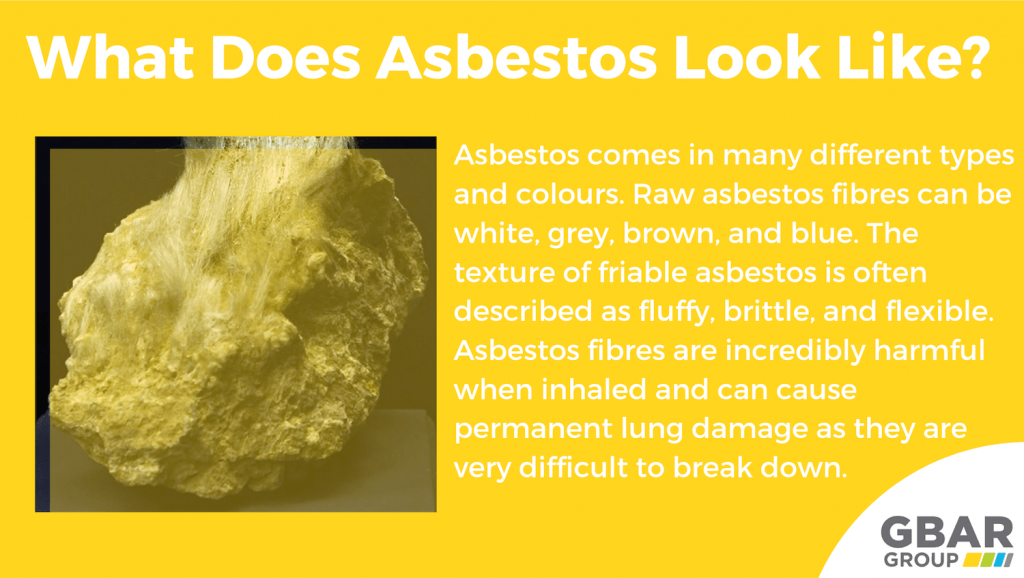

Sources of Asbestos Dust
Asbestos dust can originate from both natural and man-made sources. Naturally occurring deposits of asbestos in the earth’s crust are a significant source of asbestos dust. Asbestos can also be found in various human-made products such as insulation, roofing materials, tiles, cement, and automotive parts. When these materials deteriorate or are disturbed, they release asbestos dust into the air.
Health Risks Associated with Asbestos Dust
Exposure to asbestos dust can lead to severe health complications, often with long latency periods. Inhalation of asbestos fibers can cause diseases such as asbestosis, lung cancer, and mesothelioma. Asbestosis is a chronic lung disease characterized by scarring of lung tissues, leading to breathing difficulties. Lung cancer and mesothelioma are types of cancer that primarily affect the respiratory system and are directly linked to asbestos exposure.
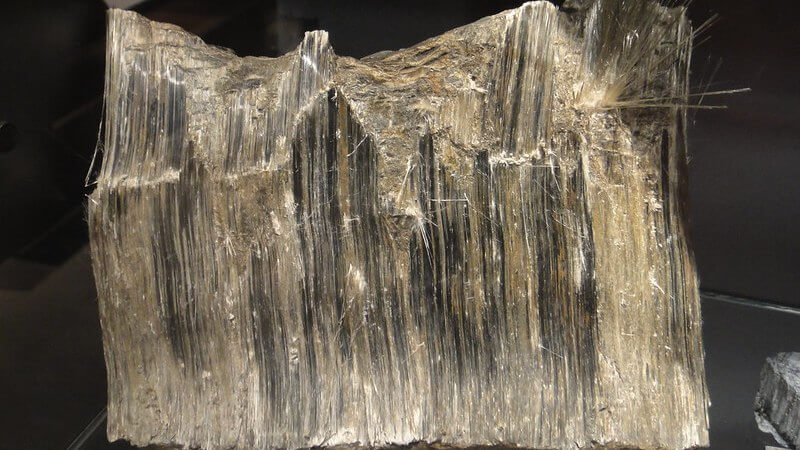

Detection and Testing of Asbestos Dust
Identifying the presence of asbestos dust is crucial to prevent exposure and ensure the safety of individuals. Visual inspection alone is not enough to determine the presence of asbestos dust, as it is not visible to the naked eye. Sampling and analysis by qualified professionals are required to accurately detect asbestos dust. These samples are collected from suspected areas and analyzed in specialized laboratories to determine the presence and concentration of asbestos fibers.
Color Variations of Asbestos Dust
Asbestos dust can exhibit various color variations, depending on a range of factors. These factors include the type of asbestos, associated minerals, weathering, and aging effects. The color classifications of asbestos dust include white, blue, brown, green, gray, yellow, red, and black. Each color variation may indicate specific properties and characteristics of the asbestos fibers present.


White Asbestos Dust
White asbestos dust, also known as chrysotile, is the most commonly encountered type of asbestos. It has a white or off-white color and is the only serpentine fiber among the six regulated types of asbestos. White asbestos dust is known for its flexibility, making it suitable for use in various applications such as roof tiles, insulation, and cement sheets. However, it is important to note that even though white asbestos dust is comparatively less harmful than other types, it can still pose significant health risks when inhaled.
Blue Asbestos Dust
Blue asbestos dust, also known as crocidolite, is known for its vibrant blue color and needle-like fibers. It is one of the most dangerous types of asbestos due to its exceptional resistance to heat and chemicals. Blue asbestos dust was often used in applications requiring high-temperature resistance, such as spray-on insulation, pipe insulation, and sealants. Inhalation of blue asbestos dust is highly detrimental to health and can lead to severe respiratory diseases.


Other Colors of Asbestos Dust
Apart from white and blue asbestos dust, there are several other color variations that can be found in asbestos dust:
Green Asbestos Dust
Green asbestos dust, also known as actinolite or tremolite, can have a greenish hue due to the presence of iron impurities. It is less common than white and blue asbestos, but its health risks are similar to those associated with other types of asbestos.
Gray Asbestos Dust
Gray asbestos dust, also known as anthophyllite, has a grayish appearance. It is a minor type of asbestos and is less commonly found in building materials. Inhalation of gray asbestos dust can lead to serious health complications.
Yellow Asbestos Dust
Yellow asbestos dust, also known as amosite, has a yellow-brown color. It is less friable than blue asbestos but can still pose significant health risks when disturbed. Amosite was commonly used in construction materials such as insulation boards, ceiling tiles, and pipe insulation.
Red Asbestos Dust
Red asbestos dust, also known as hematite or riebeckite, has a reddish-brown color. It is a less common form of asbestos and is typically found in iron-rich environments. Inhalation of red asbestos dust can cause similar health effects as other types of asbestos.
Black Asbestos Dust
Black asbestos dust, also known as anthracite, consists of fine, black fibers. It is a rare form of asbestos and is less commonly encountered. Like other types of asbestos, inhalation of black asbestos dust can lead to severe respiratory diseases.
In conclusion, the color of asbestos dust can vary depending on its type, associated minerals, and aging effects. It is essential to exercise caution around any suspected asbestos-containing materials and seek professional assistance for its detection and safe removal. Exposure to asbestos dust poses significant health risks, and proper precautions must be taken to protect individuals from its harmful effects.


